
Curator’s statement
Patagonia is known for its vast landscapes, remarkable mountain views and wildlife - and for being one of the most protected and treasured spots on Earth. Earlier this year, with my husband and two teens, we ventured out to explore all that Patagonia has to offer. Our two-week journey started in Buenos Aires, continued through Argentina and then ended with a week-long stay in Torres del Paine. Patagonia is the definition of adventure - whether it's getting from point A to point B or going to see the views for yourself, every element requires planning and preparation but your hard work will pay off when your feet are on the ground and you are taking in the stunning scenery for yourself. The days were physical and sometimes long so we found the best way to balance our time was to partake in our favorite kind of travel: adventure by day and luxury by night. After a good meal and a solid night's sleep, we were ready for whatever the next day held for us. In this guide, I am going to share with you the route we followed, some lessons we learned, and hopefully inspire you to embark on a Patagonia Adventure yourself. Before we start, it's important to know that this trip requires extensive planning and should not be booked last minute.
The Fora Difference
Book with Juli to access exclusive perks and experiences on your trip.
Killer perks
Free upgrades, spa credits and more—we got you
Personalized recs
Customized travel planning for your style
Insider knowledge
Expert advice from people who’ve actually been there
Where to stay
Unlock perks by contacting Juli to book your trip.
Days 1-3: Arrive in Argentina
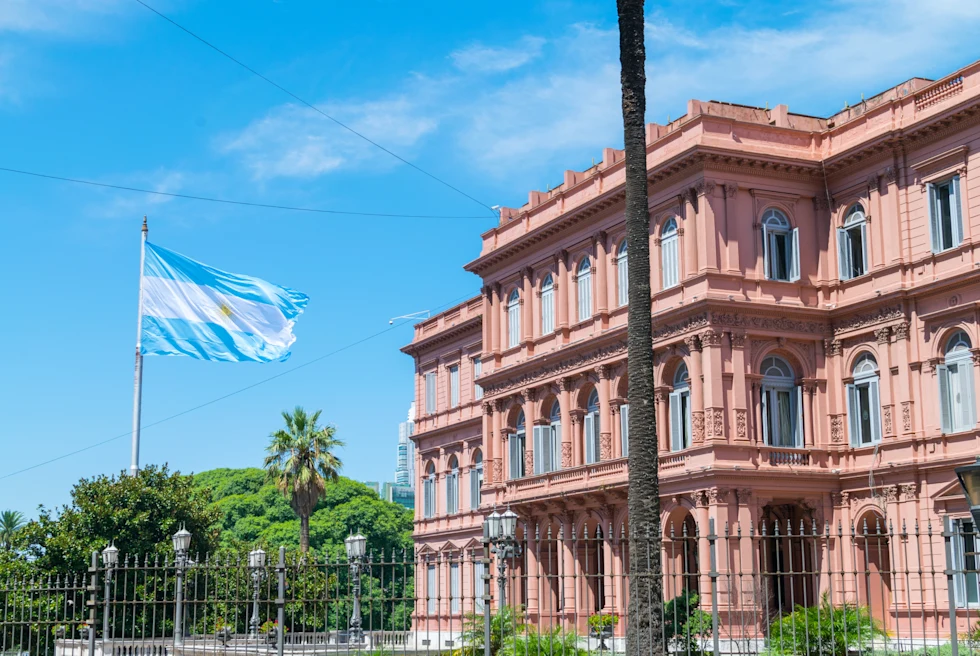
There are many ways to start your Patagonian adventure but if you have a couple of extra days to acclimate and take in the culture and charm of South America, I highly recommend starting your trip in Buenos Aires.
This bustling and energetic city is filled with South American hospitality and a significant European influence. Enjoy a few days walking around the neighborhoods such as Palermo, Recoleta and La Boca and be sure to enjoy dinner in Puerto Madero.
Buenos Aires is a great walking city with many parks, the largest Japanese Garden outside of Japan and an incredible food scene. If you love authentic dining experiences, do not miss Chila. There is endless art, history and architecture to take in during your time here.
Day 4: Travel to El Chaltén
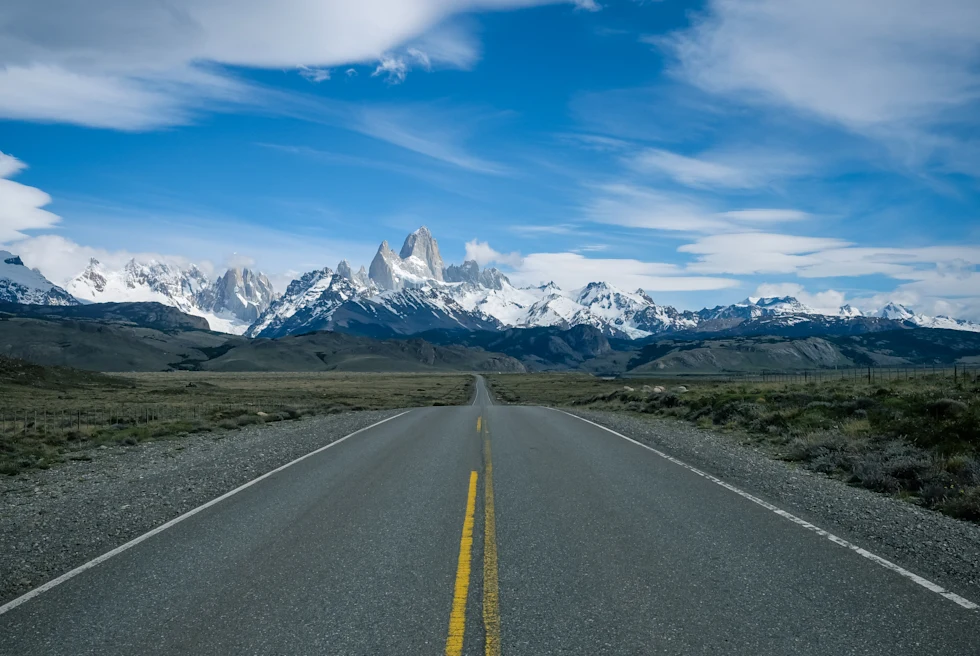
From Buenos Aires, you will take a flight into El Calafate, and from here, drive about two and half hours to El Chaltén. Depending on your group size and budget, it's recommended to either hire a private driver or arrange a bus transfer. Driving these roads in the high winds of Patagonia is best left to those with experience. Chances are you will be tired after a long day of traveling so you can take this time to rest with someone else behind the wheel.
Once you arrive in El Chaltén, my advice would be to walk around this quaint town, get to know your surroundings and enjoy a dinner at one of the many unique restaurants in town. One of my favorite qualities of El Chaltén is that every business, restaurant and store is locally-owned. It is safe, friendly and entirely walkable, there is no need to have a car here. You can truly walk everywhere.
Restaurants are small so reservations are necessary for many of them. I have lots of favorites but I highly recommend The Asadores. After your meal, get a good night's sleep, you'll need it for tomorrow!
Day 5-8: El Chaltén
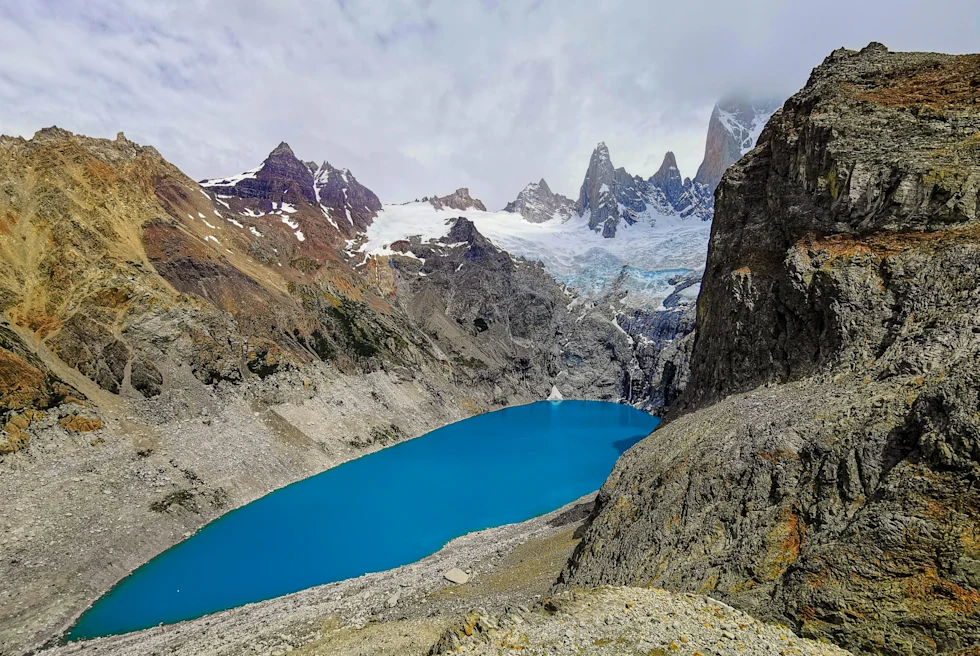
While I honestly felt like I could stay here forever (chances are that's not really possible), I would strongly encourage at least four days here. There are so many hikes and outdoor adventures to choose from but the hikes can be intense and having a day to rest in between some is crucial, especially if you don't do 10-15 mile hikes on a daily basis.
The most popular hike in this area is Laguna de los Tres, an incredible 15-mile journey to the base of Mt. Fitz Roy and the three glacier lakes. This hike is well-marked and can be done on your own but it is recommended to start at the trailhead and hire a guide. Not only will a guide help you keep pace for the long hike but they can tell you about the history, geology and terrain that you are seeing for the first time. They really help you better understand and appreciate all you are witnessing.
Other hikes to add to your list are the Mirador de Los Condores Y Las Aguilas, Laguna Toro, Chorillo del Salto and Loma Del Pliegue Tumbado. They all offer a variety of views and levels of difficulty. With the help of an advisor, your days can be planned out so you can enjoy as many as possible and still be able to move when you arrive in Chile!
Days 8-10: El Calafate
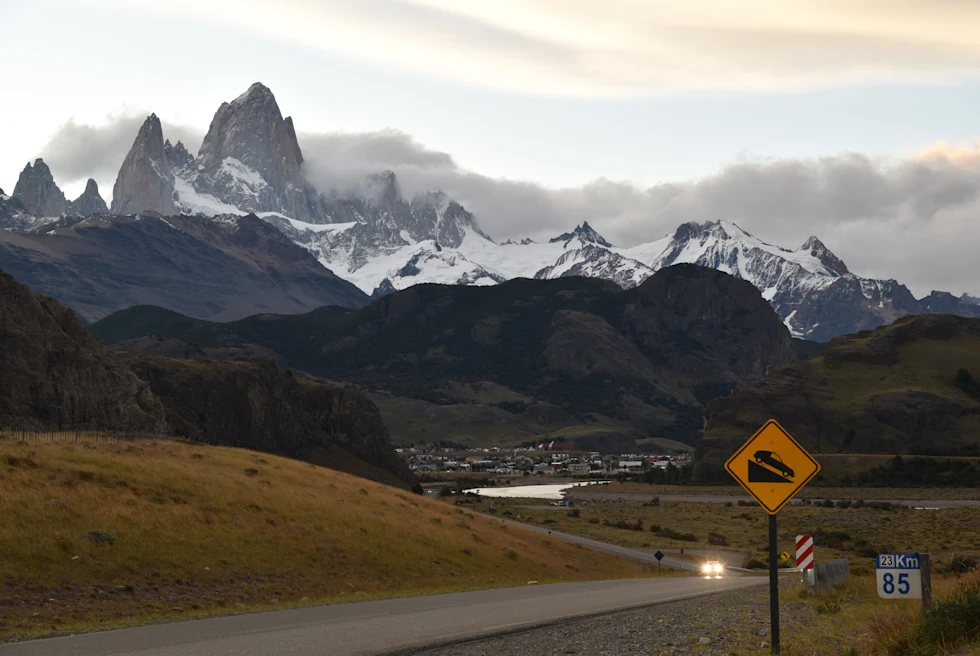
Back to El Calafate, and this time you will head to the downtown area. El Calafate is a larger town that is more geared towards tourism. While it lacks in charm compared to El Chalten, it does offer more conveniences. This is a great place to load up on supplies and grab a few souvenirs for those back home.
Once you've settled into your hotel, walk into town and check out the shops and restaurants. If you enjoy local beers, be sure to stop by La Zorra for a cold beer and great food. If the weather is nice, you can sit outside.
If your time is limited in El Calafate, the one thing you must do is a day trip to El Perito Moreno. This glacier is one of the only growing glaciers in the world and there are so many ways to see it up close and personal. It is truly one of the most memorable experiences in Patagonia.
If you are traveling with older kids or other adults, be sure to do the glacier walk. For those up for a bigger adventure, glacier treks are also available. If you have little ones or have mobility limitations, still plan to go. The boardwalks around the north side of the glacier are all accessible for strollers and wheelchairs.
Days 10-14: Chile
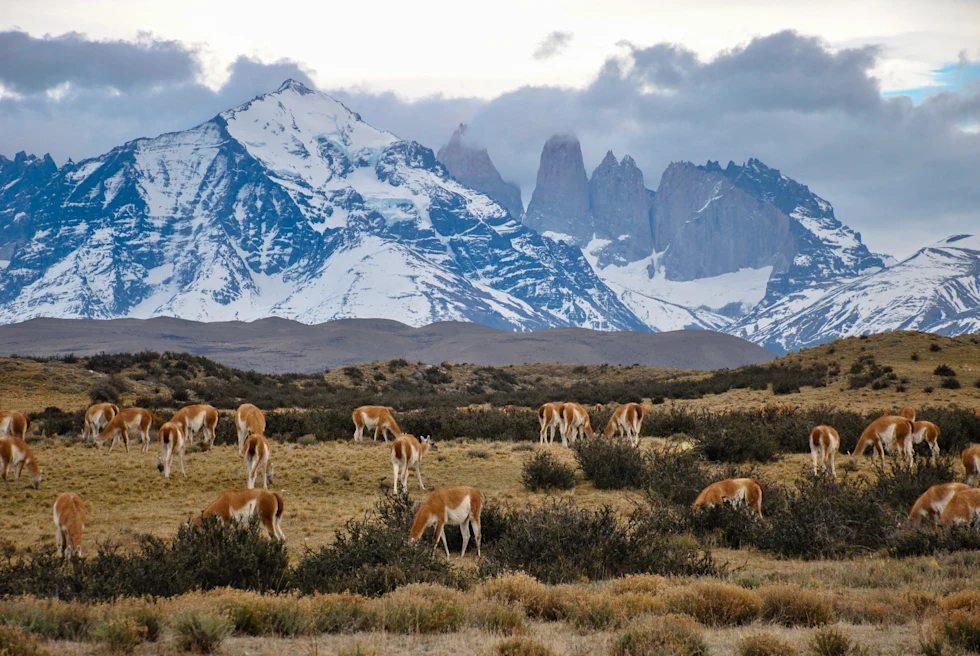
Now that you've explored the many sights of Patagonia on the Argentina side, it's time to head to Chile. Now that the land borders are open, one of the best ways to get to Torres del Paine is by car. Like all other things in Patagonia, this too is a process. Unless you speak fluent Chilean Spanish, a driver is essentially required.
Not to mention the roads are long, not all paved, and the winds are severe - once again, it's best left to the locals. With two border stops and a lot of paperwork, having a guide/driver to help will truly make the process less stressful. English is not widely spoken in the remote areas of Patagonia.
This drive will take about six hours total but I can promise you, once you arrive in Torres del Paine, it will all be worth it! Torres del Paine in Patagonia is truly one of the most incredible National Parks in the world.
The best way to experience it is to immerse yourself in it and to do that, I recommend staying at Eco Camp Patagonia or Explora. Not only do they embrace the land, but their knowledge and passion for the park also are contagious and everything they do is in an effort to protect and preserve this delicate and magnificent landscape. All their guides are professional, experienced, trained and speak English (and often other languages too).
Both of these hotels are designed to give you a once-in-a-lifetime experience and truly embrace the concept of adventure by day and luxury by night. Everything is included in your stay, from your food to your daily excursions.
The most popular hikes are the W and the O trails and there are others such as the French Valley, the Fauna Trail and more. All hikes require a certain level of stamina and endurance but are possible for even the average hiker. The guides are very experienced and can manage all levels.
The best part about staying in the park is the escape, disconnecting from the hustle of everyday life and truly absorbing the world around you will make this an unforgettable experience. You may be tired by the end but you will feel more alive than you have in years.
Day 15: Head home
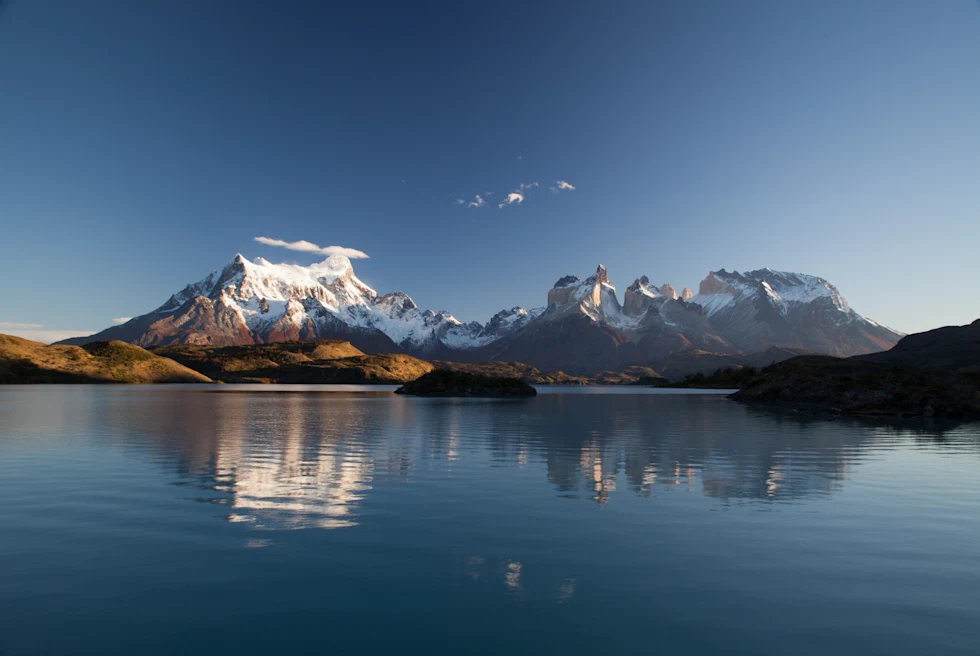
Once again, it will take time to get from Torres del Paine to the airport in Punta Arenas, it's about a five-hour car ride to the airport. If you stay at either the Eco Camp or Explora, they will handle the transport for you. Depending on your route, you will depart from Punta Arenas and likely stop in Santiago or Buenos Aires before making your way back home. Prepare for a long travel day and expect delays. South American travel does require a higher level of patience but the reward is significant and it will truly be an adventure you won't soon forget.
Need to know
There are so many details of this trip I wasn't able to share in this guide but if a trip to Patagonia is on your wish list, don't hesitate to reach out. I'd be happy to share more and help you plan a once-in-a-lifetime adventure to Patagonia.

Travel Advisor
Juli Hall

Get in touch with Juli
Did you like this guide? Reach out to customize and book your own experience. Or, just to chat about travel in general.
You can expect a response from Juli within 1–2 business days. You’ll also be subscribed to our traveler newsletter (you can unsubscribe at any time).
For more travel tips, check out my other guides to South America: Adventure Vacation to the Galápagos Islands and A Family-Friendly Adventure To Machu Picchu, Peru.
This guide is part of our ongoing series on travel to Argentine Patagonia, part of our larger series on travel to Argentina.